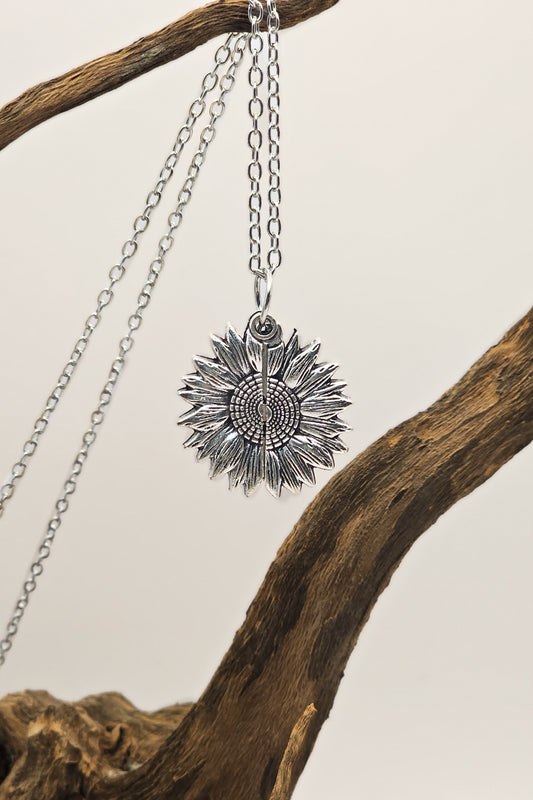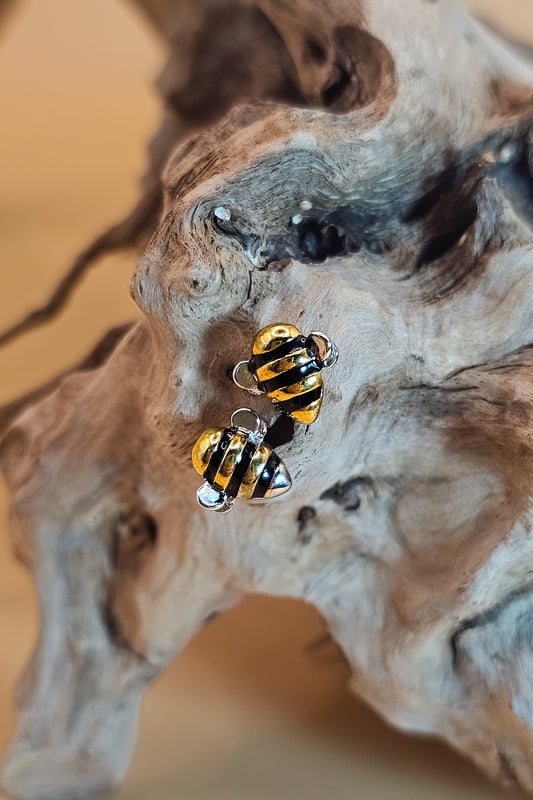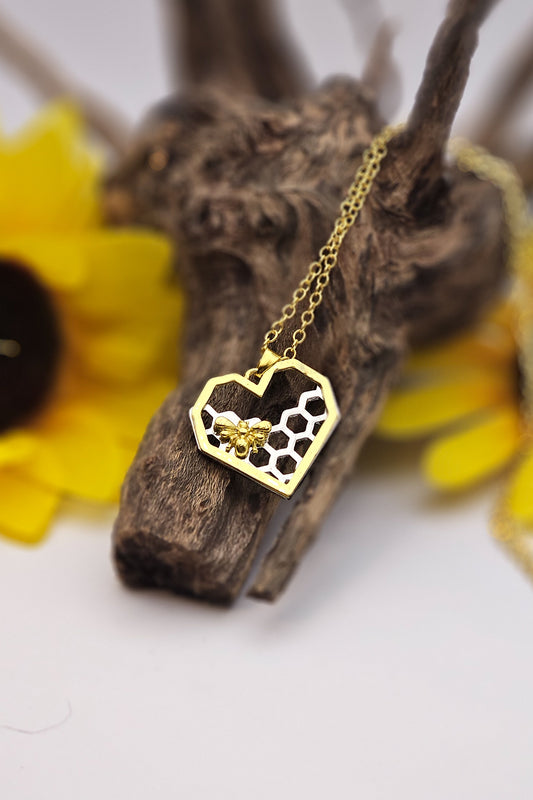Image above: Ceratina Tricolor collected in Panama by Sandra Rehan (UNH) in November 2014.
Yesterday we blogged about the large noisy Dawson’s burrowing bees of the western Australian Outback…
Today's bees are considered some of the smallest bees in the world, although there are others not mentioned here.
The Ceratina Tricolor is a bee so small, it isn’t quite as big as half a grain of rice.
There are dozens of types of the cosmopolitan bee genus Ceratina, which most of us know as small carpenter bees. They are the sole lineage of the tribe Ceratinini and closely related to carpenter bees.
Usually shiny, metallic and dark, these bees have little body hair and the faces of most species bear yellow markings and they are often mistaken for sweat bees because they are small and metallic colored.
These little bees make nests in dead wood or in dry stems like fennel, where they partition the inner structure into cells and each one holds pollen bread and one offspring. They are often solitary, but sometimes they can be sub-social, where mothers care for their larvae, and at other times multiple females live in a single nest in eusocial colonies where a few bees remain in the nest as passive guards and lay eggs, while another bee forages. Brood survival increases in such social colonies. Quite remarkably, a few of the species are exceptional among all bees, being parthenogenetic, which means they can reproduce without males.
The following 1-minute long video shows the tiny Perdita minima on her favorite spurge flowers:
Perhaps even smaller, and certainly one of the smallest sweet and petite bees in the world, is the Perdita minima. It belongs to a diverse genus of around 600 species in the Andrenidae family and was described by zoologist T.D.A. Cockrell in 1923. This native bee lives in the Sonoran Desert in the southwestern United States and is a solitary bee, so is not classified as a social bee. Perdita minima is a flower specialist, visiting only one species in a plant genus for her foraging needs.
Less than 2 millimeters long and weighing in at about one-third of a milligram, Perdita minima builds a tiny nest in sandy desert soil. She is so small she can escape the mesh netting fabric of an insect net. When an entomologist or a naturalist tries to find her, they have better luck if they look for her shadow on the earth rather than trying to ‘see the bee.’
It would seem to be a problem for such a tiny bee to pack pollen grains to carry back to the nest, but their hairy legs can carry large loads in flight. These bees enjoy the pollen and nectar of such wildflowers as the spurge family, Euphorbiaceae, particularly the small whitemargin sandmat (Chamaesyce albomarginata), which are tiny white desert wildflowers found in the southwest that produce the tasty pollen and nectar these teeny-weeny bees need for themselves and their larvae.
We will look at more tiny bees in other parts of the world soon.
What are the smallest bees in your country? Please let us know over on our Facebook page.








